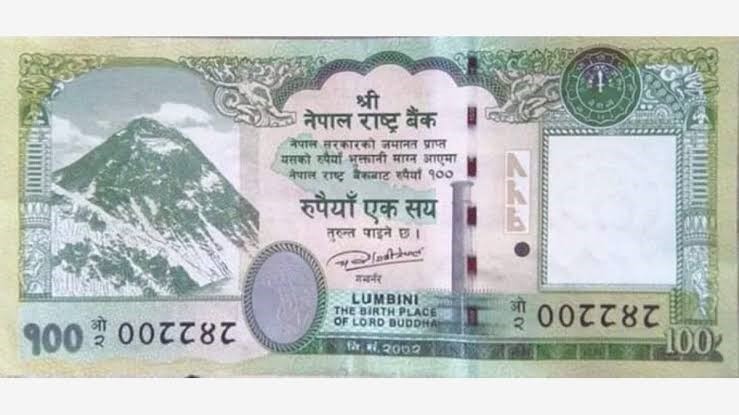





Disclaimer: Copyright infringement not intended.
Context:
Details:
|
India- Nepal Border Dispute |
|
|
Kalapani Dispute: ●Both India and Nepal claim sovereignty over this area, which is strategically important due to its proximity to the China-India-Nepal tri-junction. ●India maintains control over the region, which Nepal disputes, arguing that the river to the west of Kalapani should be the border, while India asserts the river to the east as the border. Lipulekh Pass: ●Lipulekh Pass is another area of dispute. It lies near the tri-junction of India, Nepal, and China, and serves as a crucial trade route for Indian pilgrims traveling to Kailash Mansarovar in Tibet. ●Nepal claims that the pass lies within its territory, while India argues that it is part of the Indian state of Uttarakhand.
|
|
|
Historical Context of India Nepal Border Dispute: ●The roots of these disputes can be traced back to the Sugauli Treaty of 1815, which was signed between the British East India Company and the Kingdom of Nepal after the Anglo-Nepalese War. ●The treaty determined the boundaries between Nepal and British India, but there have been differing interpretations and claims regarding certain areas. |
Border Disputes Escalation: ●Tensions escalated in 2019 when India released new political maps after the reorganization of the state of Jammu and Kashmir, showing the disputed territories as part of Indian territory. ●This move triggered strong reactions from Nepal, which claimed that it violated the understanding between the two countries to resolve border issues through dialogue. |
Call for Diplomatic Dialogue:
Ways forward:
India-Nepal Bilateral Disputes:
Source
|
PRACTICE QUESTION Q) Match the following border disputes of India with the respective countries:
A) Kalapani and Lipulekh Pass B) McMahon Line C) Line of Control (LoC) in Kashmir D) New Moore A.1-A,2-B,3-C,4-D B.1-D,2-B,3-C,4-A C.1-B,2-A,3-C,4-D D.1-A,2-C,3-B,4-D Answer: A Explanation: India-Nepal Border Dispute (Kalapani and Lipulekh Pass): ● The India-Nepal border dispute revolves around the Kalapani region and the Lipulekh Pass. Nepal claims that the river to the west of Kalapani should be the border, while India maintains control over the region based on its assertion of the eastern river as the border. The dispute has historical roots and strategic significance due to its proximity to the China-India-Nepal tri-junction. India-China Border Dispute (McMahon Line): ●The India-China border dispute involves various regions, including Arunachal Pradesh (referred to as South Tibet by China) and areas along the Line of Actual Control (LAC). ●The McMahon Line, drawn by the British colonial government in the early 20th century, serves as the de facto boundary between India and China in the eastern sector. However, China disputes its validity, leading to tensions and occasional border tensions. India-Pakistan Border Dispute (Line of Control in Kashmir): ●The India-Pakistan border dispute primarily concerns the region of Kashmir. The Line of Control (LoC) serves as the de facto boundary between the Indian-administered and Pakistani-administered parts of Kashmir. ●Both countries claim the entire region and have fought several wars and conflicts over it. The dispute remains one of the most contentious issues in South Asia, with ongoing diplomatic efforts to find a resolution. India-Myanmar Border Dispute (Border Security Fence in Manipur): ●The India-Myanmar border dispute primarily concerns the alignment of the boundary in certain areas, particularly in the northeastern state of Manipur. In recent years, India has constructed a border security fence along parts of the border to curb illegal activities and enhance security. However, Myanmar has raised objections to the fence due to concerns about territorial sovereignty and cross-border interactions. Efforts are underway to address these concerns through diplomatic channels. |







© 2025 iasgyan. All right reserved